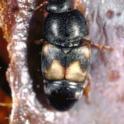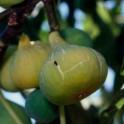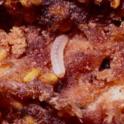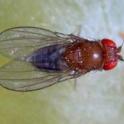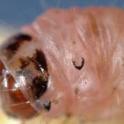Fig Insect, Mite & Nematode Pests
Fig in California > Deficiencies & Pests > Insect, Mite & Nematode Pests
Nematodes, specifically root knot nematodes (Meloidogyne incognita and Meloidogyne javanica) and the dagger nematode (Xiphinema index), can reduce tree growth and yield in California. In addition to nematodes or minor insect pests and diseases can affect production of fig, although their abundance varies among regions and seasons, including:
|
|
For detailed information: UC Statewide IPM Program: How to Manage Pests: Fig
Photo Gallery
These photos of some of the major pests are viewed courtesy of University of California research and extension personnel and programs, including the UC Statewide IPM Program. Photo information, including the photographer, is displayed when the larger image is viewed.
Insects, Mite & Nematode Pests | Diseases & Disorders | Vertebrates

